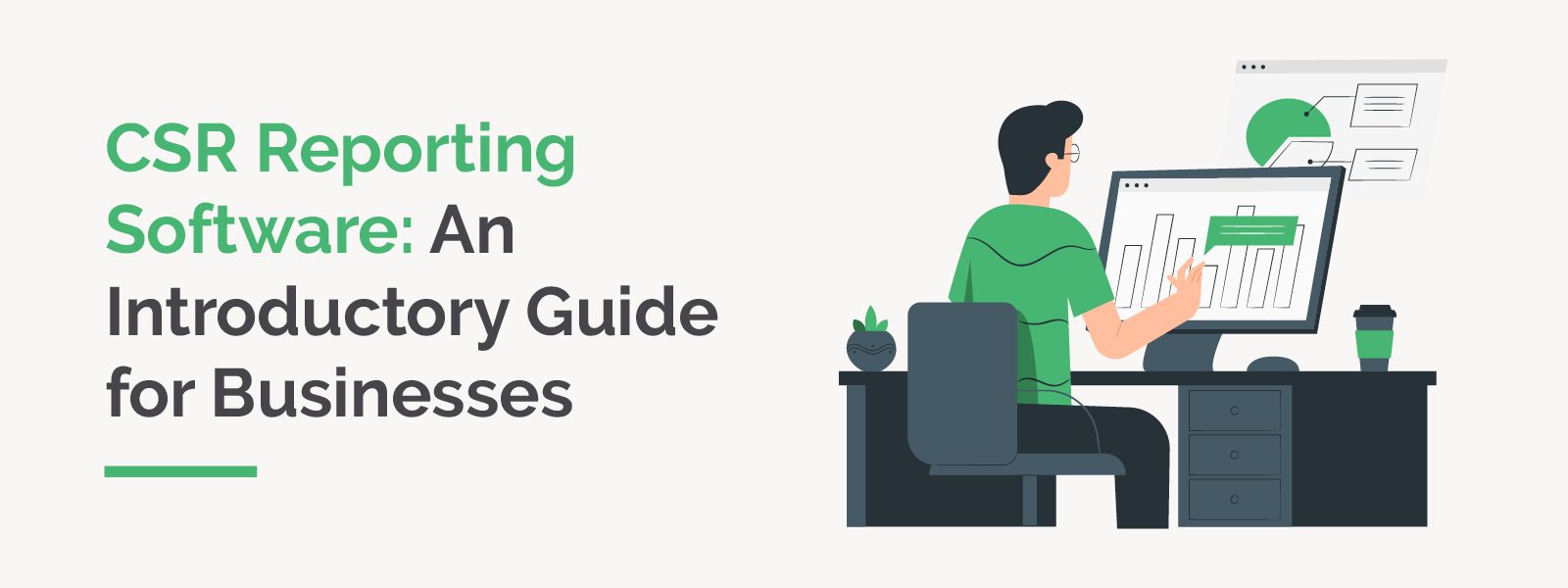
CSR Reporting Software: An Introductory Guide for Businesses
As companies like yours strive to meet their sustainability goals,…
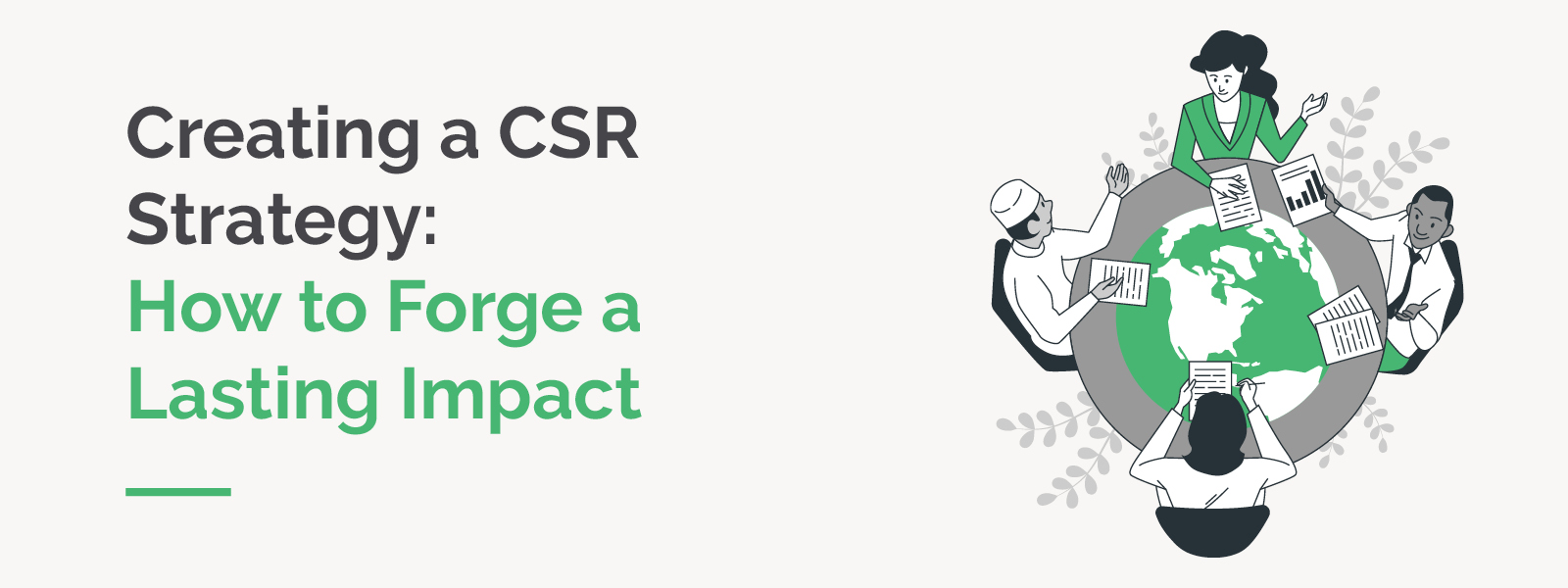
Creating a CSR Strategy: How to Forge a Lasting Impact
There are many markers of a successful business—from pulling…
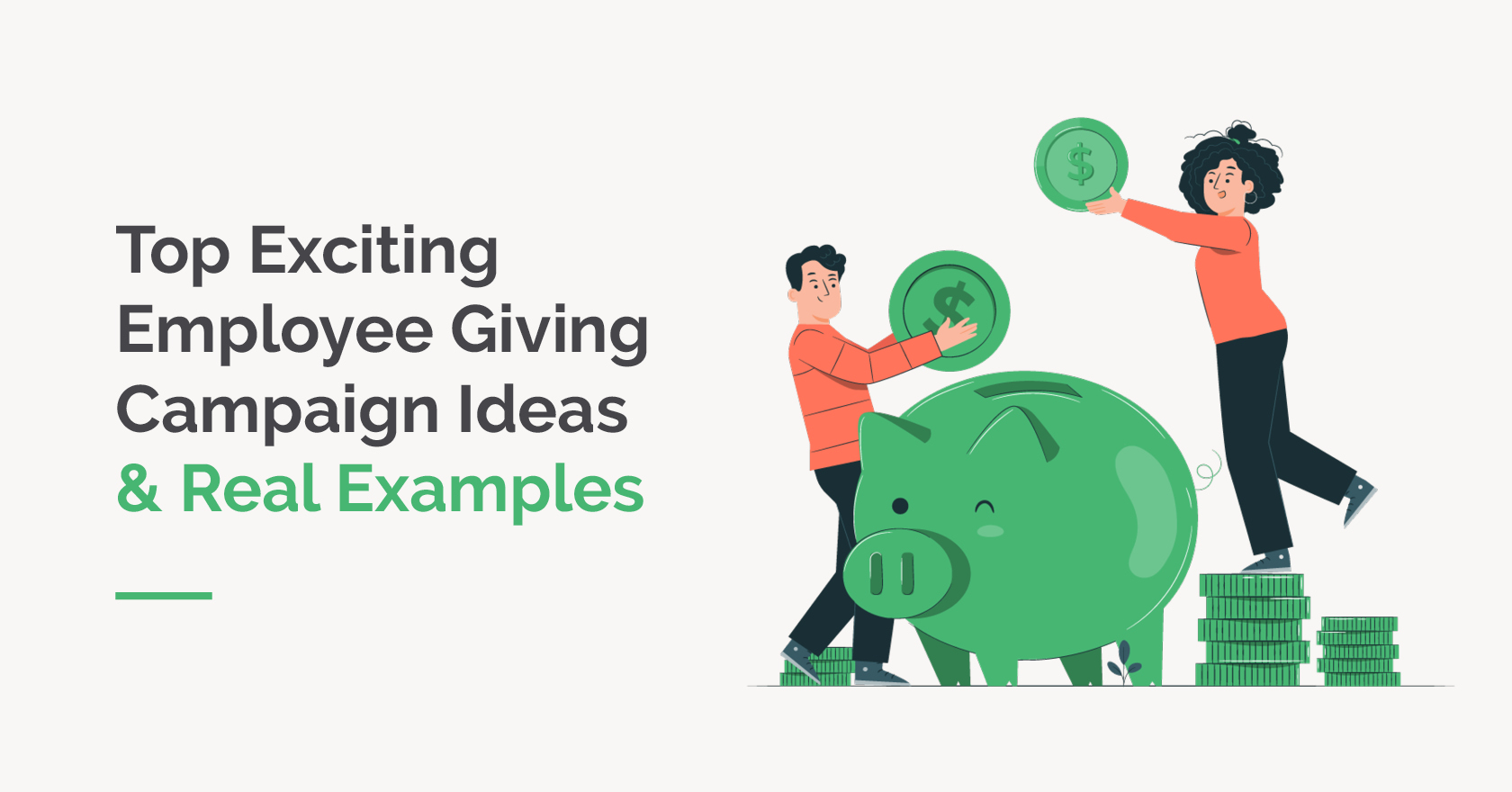
9 Exciting Employee Giving Campaign Ideas & Real Examples
Thanks to the growing movement toward increased corporate citizenship,…
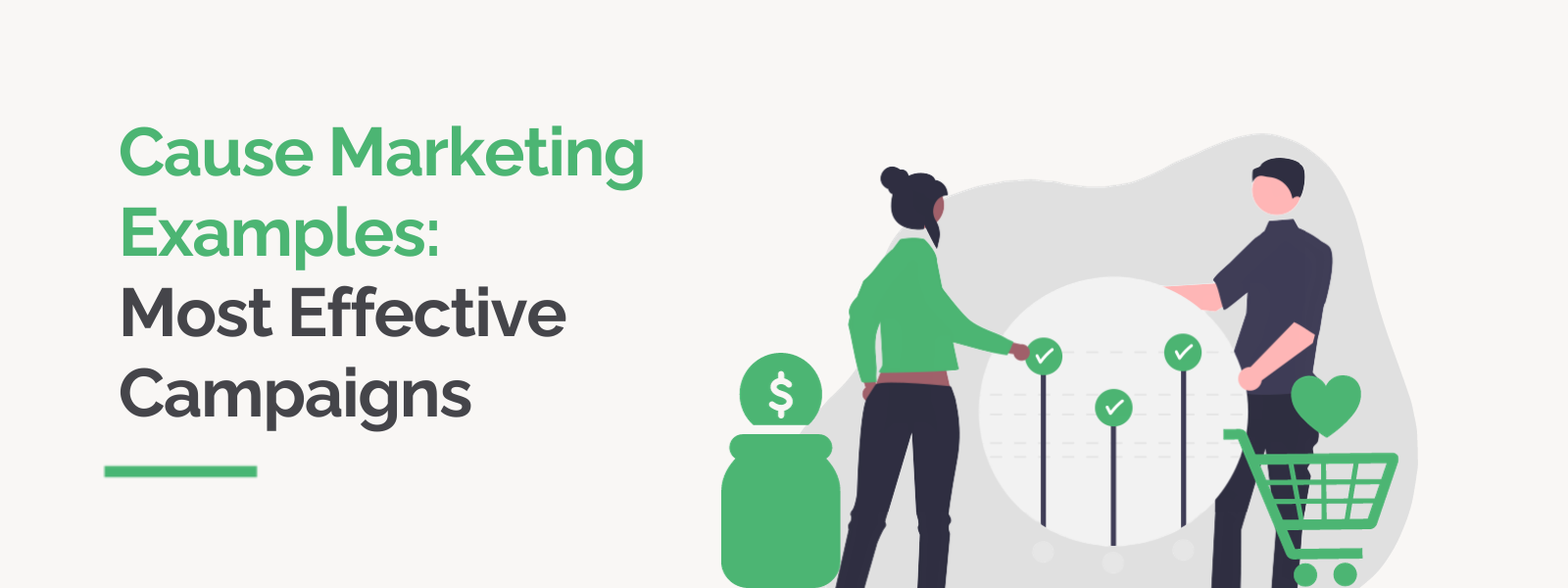 https://doublethedonation.com/wp-content/uploads/2022/04/Cause-Marketing-Examples-Most-Effective-Campaigns.png
600
1600
Adam Weinger
https://doublethedonation.com/wp-content/uploads/2025/11/DTD-horizontal-logo-300x63.png
Adam Weinger2023-11-11 14:09:412025-11-20 02:24:55Cause Marketing Examples | 14+ Effective Campaigns
https://doublethedonation.com/wp-content/uploads/2022/04/Cause-Marketing-Examples-Most-Effective-Campaigns.png
600
1600
Adam Weinger
https://doublethedonation.com/wp-content/uploads/2025/11/DTD-horizontal-logo-300x63.png
Adam Weinger2023-11-11 14:09:412025-11-20 02:24:55Cause Marketing Examples | 14+ Effective Campaigns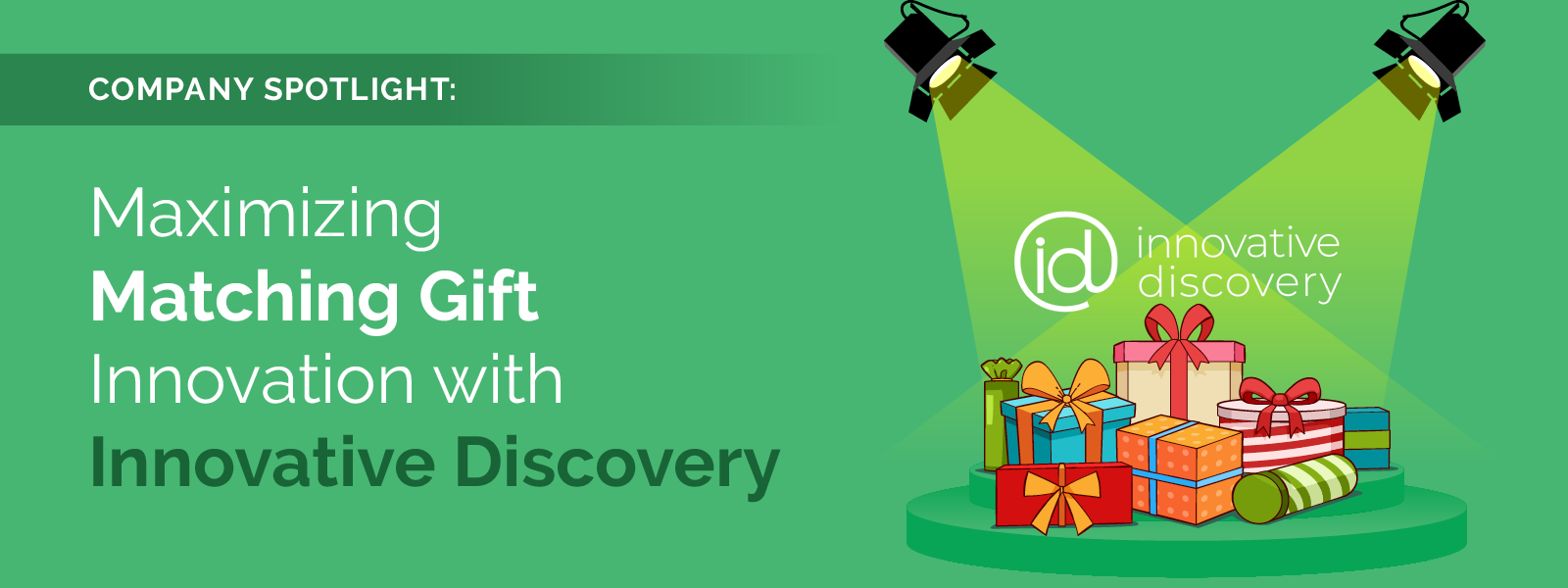
Company Spotlight: Maximizing Matching Gift Innovation with Innovative Discovery
The list of matching gift companies is endless—and not exclusive…

What are Challenge Gifts? A Guide to High-Speed Fundraising
A thoughtful and robust fundraising strategy is key to any nonprofit’s…
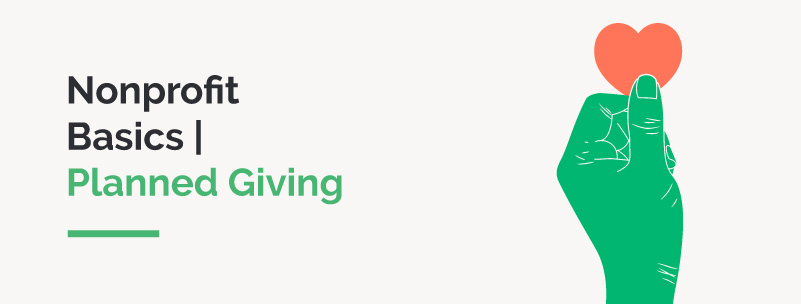
Nonprofit Basics: Planned Giving
Planned giving is an important part of a robust nonprofit fundraising…
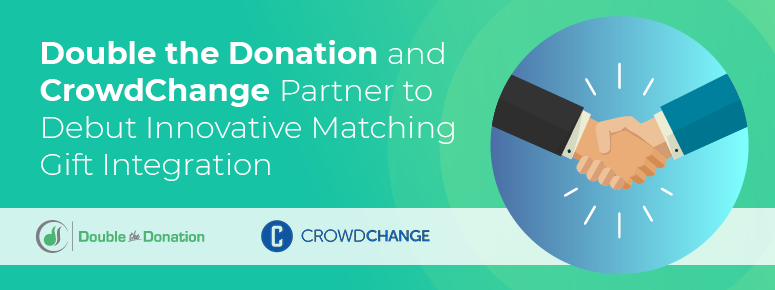
Double the Donation and CrowdChange Partner to Debut Innovative Matching Gift Integration
Double the Donation and CrowdChange is excited to announce their…

25+ Top Corporate Volunteering Ideas to Inspire Employees
Expectations of the modern company have changed. To many people,…
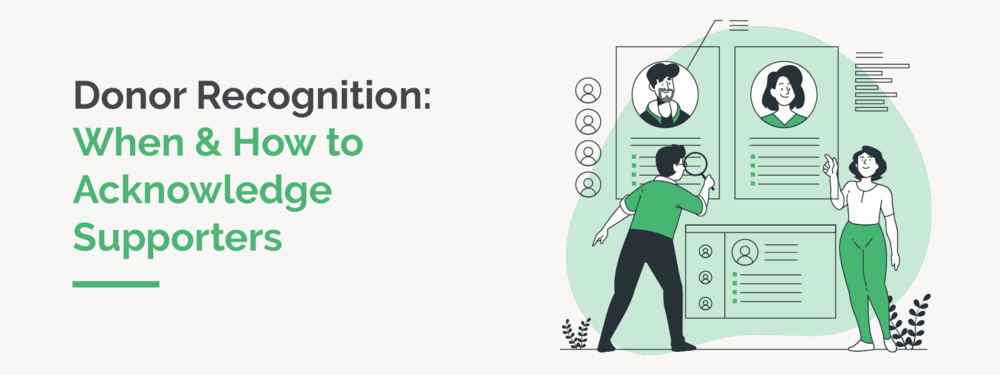
Donor Recognition: When & How to Acknowledge Supporters
What would you do if your organization hit a record number of…

